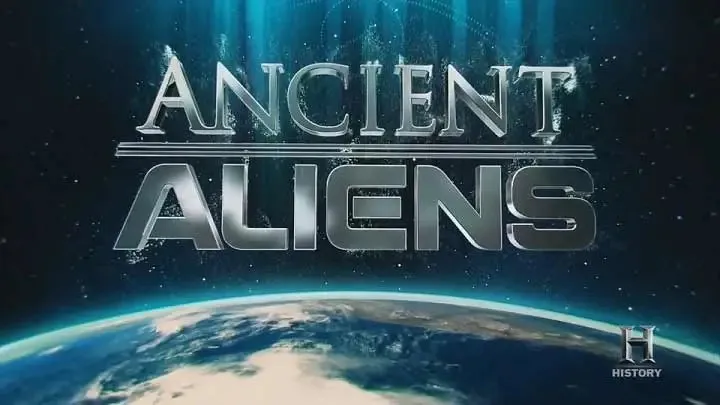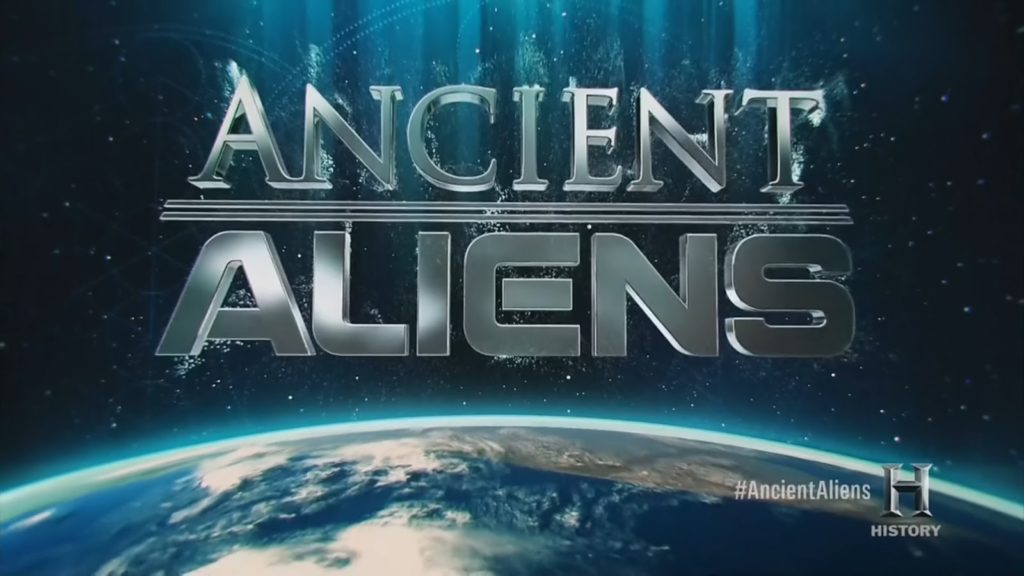Ancient Aliens – The Doomsday Prophecies: The Maya created the most sophisticated calendar systems in the ancient world, and according to many scholars their Long Count Calendar will come to an end on December 21, 2012. What does this mean for mankind? Some researchers believe it will usher in the return of Bolon Yokte–a mysterious god associated with creation and war.
Could this god actually be an extraterrestrial as some ancient astronaut theorists believe? Other scholars believe the end of the calendar will bring about a series of catastrophic events that may threaten the very existence of mankind. They point to a rare galactic alignment that will coincide with the end of the Mayan calendar as proof of an impending geological catastrophe. If these doomsday prophecies prove to be true, will it mean the end of the world as we know it? Or could it reveal some profound truth about the origins of the human race?
Ancient Aliens – The Doomsday Prophecies
The Maya calendar is a system of calendars used in pre-Columbian Mesoamerica and in many modern communities in the Guatemalan highlands, Veracruz, Oaxaca and Chiapas, Mexico. The essentials of the Maya calendar are based upon a system which had been in common use throughout the region, dating back to at least the 5th century BCE. It shares many aspects with calendars employed by other earlier Mesoamerican civilizations, such as the Zapotec and Olmec and contemporary or later ones such as the Mixtec and Aztec calendars.
By the Maya mythological tradition, as documented in Colonial Yucatec accounts and reconstructed from Late Classic and Postclassic inscriptions, the deity Itzamna is frequently credited with bringing the knowledge of the calendar system to the ancestral Maya, along with writing in general and other foundational aspects of Maya culture.
The Maya calendar consists of several cycles or counts of different lengths. The 260-day count is known to scholars as the Tzolkin, or Tzolkʼin. The Tzolkin was combined with a 365-day vague solar year known as the Haabʼ to form a synchronized cycle lasting for 52 Haabʼ, called the Calendar Round. The Calendar Round is still in use by many groups in the Guatemalan highlands.
A different calendar was used to track longer periods of time and for the inscription of calendar dates (i.e., identifying when one event occurred in relation to others). This is the Long Count. It is a count of days since a mythological starting-point. According to the correlation between the Long Count and Western calendars accepted by the great majority of Maya researchers (known as the Goodman-Martinez-Thompson, or GMT, correlation), this starting-point is equivalent to August 11, 3114 BCE in the proleptic Gregorian calendar or September 6, in the Julian calendar (−3113 astronomical).
The GMT correlation was chosen by John Eric Sydney Thompson in 1935 on the basis of earlier correlations by Joseph Goodman in 1905 (August 11), Juan Martínez Hernández in 1926 (August 12) and Thompson himself in 1927 (August 13). By its linear nature, the Long Count was capable of being extended to refer to any date far into the past or future. This calendar involved the use of a positional notation system, in which each position signified an increasing multiple of the number of days. The Maya numeral system was essentially vigesimal (i.e., base-20) and each unit of a given position represented 20 times the unit of the position which preceded it. An important exception was made for the second-order place value, which instead represented 18 × 20, or 360 days, more closely approximating the solar year than would 20 × 20 = 400 days. The cycles of the Long Count are independent of the solar year.




